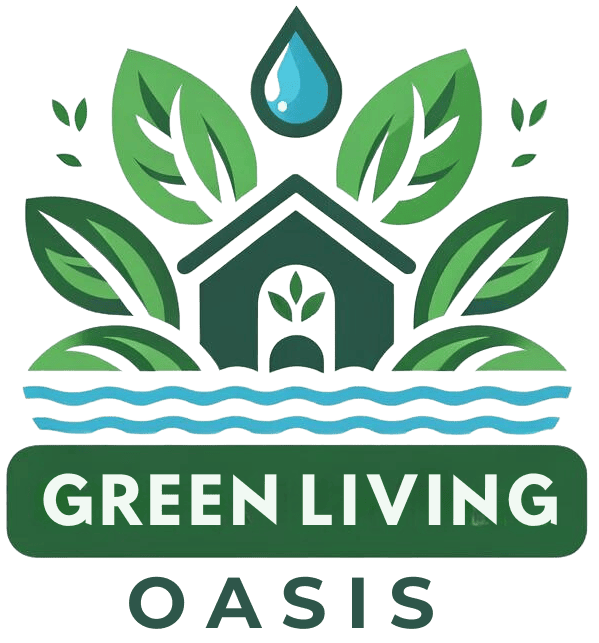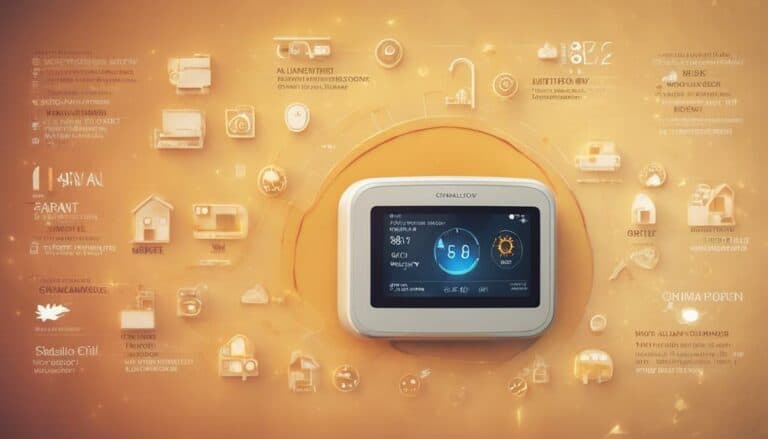As the summer sun reigns supreme in the sky, it's time to make your smart thermostat your castle's guardian against the heat. You've likely heard that setting your thermostat to 78°F (26°C) when you're home strikes a perfect balance between comfort and efficiency. But there's more to the story.
What about those long summer days when you're away, or the cool, breezy nights? And how can tweaking your humidity settings or utilizing eco-friendly features make a difference?
Let's unpack the secrets to keeping your domain comfortably cool without surrendering to high energy bills.
Key Takeaways
- Setting the thermostat to 78°F during summer can significantly reduce cooling costs.
- Increasing temperature by a few degrees at night can enhance sleep quality.
- Utilizing whole-home dehumidifiers can make rooms feel cooler without lowering the thermostat.
- Smart thermostats' eco-friendly features, like geofencing and adaptive learning, optimize comfort and energy savings.
Ideal Daytime Temperature
For ideal comfort and energy savings during the summer, setting your smart thermostat to 78°F throughout the day hits the sweet spot. This daytime temperature not only guarantees your home remains a cozy haven but also greatly slashes your cooling costs. You'll find that for every degree above 72°F, you can save up to 3% on these expenses.
Thanks to your smart thermostat's ability to make precise adjustments, maintaining this recommended setting becomes a breeze, fostering summer efficiency like never before. By embracing this strategy, you're not just optimizing temperature control but also contributing to a reduction in overall energy consumption.
Embrace this simple change and enjoy the dual benefits of enhanced comfort and notable energy savings.
Nighttime Setting Adjustments
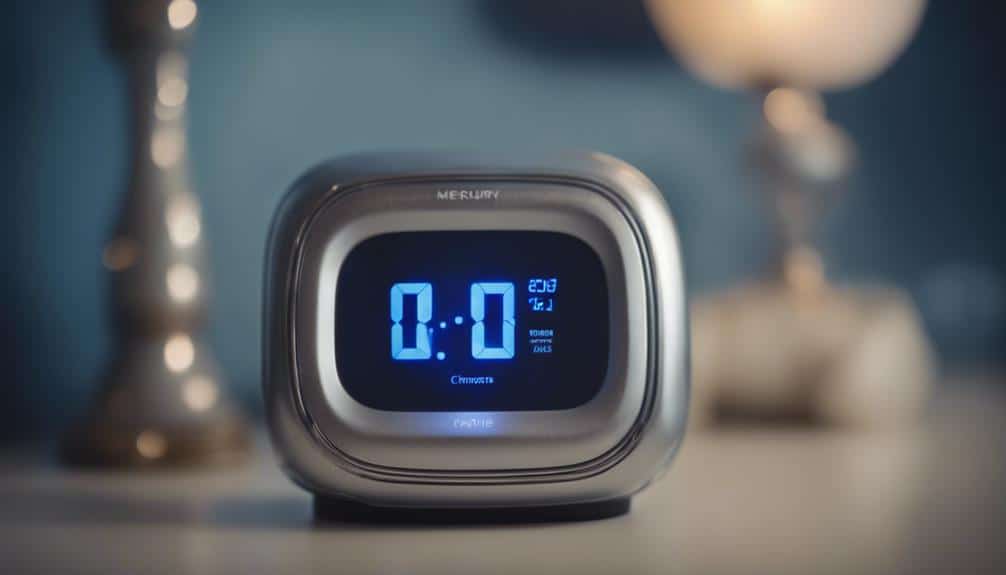
Adjusting your smart thermostat a few degrees higher at night can lead to both improved sleep quality and significant savings on cooling costs. By finding the right balance between comfort and energy savings, nighttime temperature adjustments become a smart strategy for summer.
Smart thermostats excel in making these adjustments effortless, automatically raising temperature settings at bedtime. This not only guarantees better sleep quality but also contributes to overall efficiency. Embracing consistent settings each night optimizes this balance, curbing cooling costs without compromising your comfort.
Managing Humidity Levels
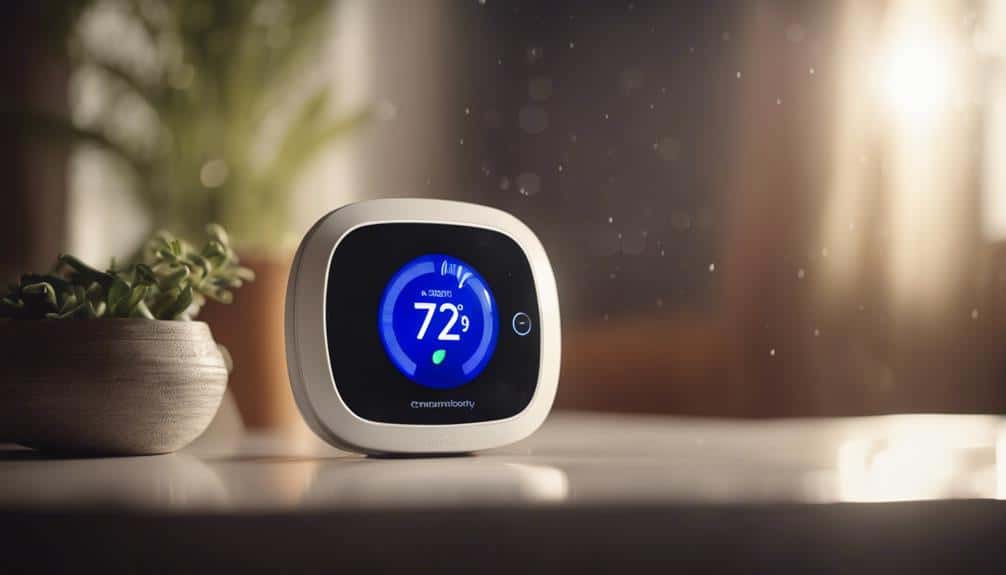
Managing humidity levels in your home is essential for maintaining comfort during those sticky summer months. High humidity can make your space feel warmer, undermining your efforts to stay cool. Luckily, integrating a whole-home dehumidifier can combat that muggy stickiness, enhancing both the cooling effects of your air conditioner and your overall indoor comfort. Here's how:
- Whole-home dehumidifiers pull excess moisture from the air, reducing humidity.
- This moisture control makes rooms feel cooler without lowering the thermostat.
- Energy efficiency improves as your air conditioner works less to cool drier air.
- High humidity levels are kept in check, preventing that oppressive, sticky feeling.
- Enjoy a summer free from the discomfort of high humidity and the constant battle with the thermostat.
Vacation Mode Efficiency
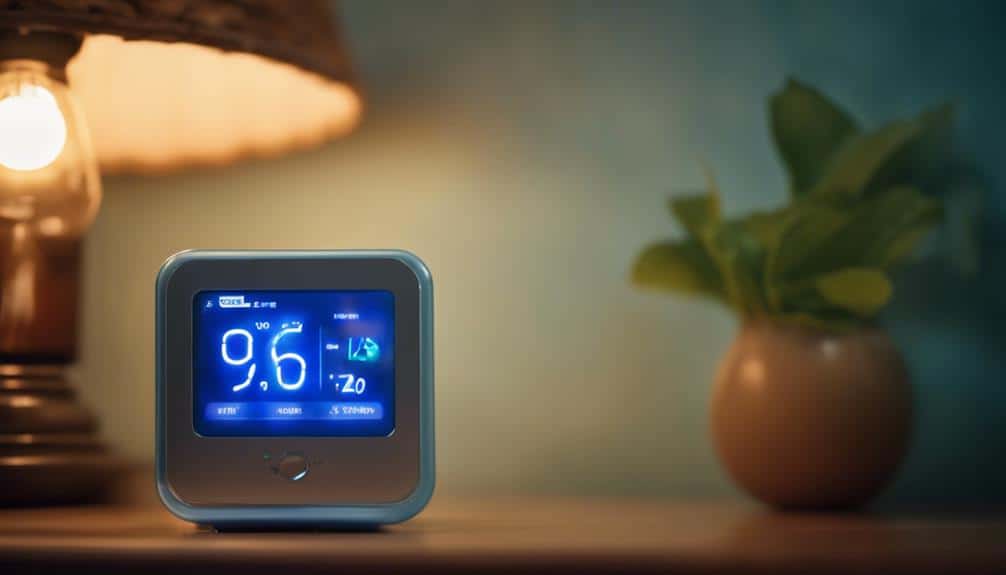
After tackling humidity control at home, let's explore how vacation mode on your smart thermostat can further enhance summer efficiency and savings.
Activating vacation mode adjusts the temperature during your absence, striking a balance between reducing cooling costs and maintaining comfort. This smart feature, accessible via a mobile app or online, allows for easy remote setting. It's particularly handy for extended absences, ensuring you're not wasting energy cooling an empty house.
Plus, with vacation scheduling, your thermostat can automatically adapt based on your travel plans, optimizing energy savings without any extra effort on your part.
Embracing vacation mode not only boosts energy efficiency but also contributes to significant savings, making it a smart move for any energy-conscious homeowner.
Utilizing Eco-Friendly Features
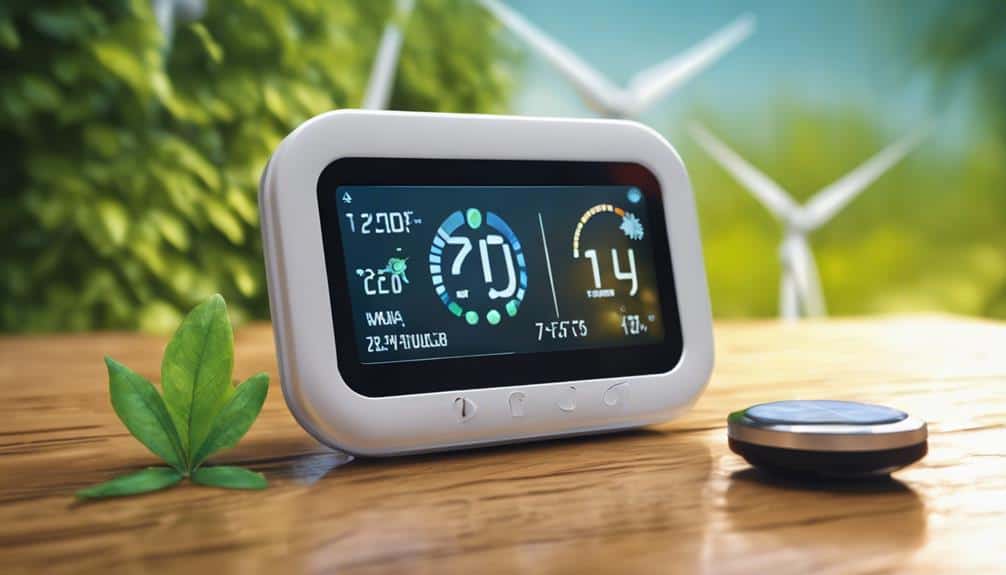
Harnessing the power of eco-friendly features in your smart thermostat can lead to significant savings on your energy bills. With the right settings, you're not just cooling your home efficiently; you're stepping into a sustainable future.
- Geofencing adjusts temperature when you leave, saving energy without a second thought.
- Adaptive learning technology optimizes your comfort while maximizing energy savings.
- Remote access lets you control your home's climate from anywhere, guaranteeing efficient cooling.
- Energy usage reports empower you to monitor consumption and tweak habits for a greener lifestyle.
- Automatic temperature adjustments make sure your home is always comfortable but never wastefully cool.
Frequently Asked Questions
What Is the Most Energy Efficient Thermostat Setting for Summer?
You're asking about the best summer thermostat setting for energy savings. Aim for a comfort balance at 78°F, use programmable options for peak hours, and don't forget humidity control and night settings for eco-friendly efficiency.
Is 72 Too Cold for AC in Summer?
Yes, 72 is too cold for AC in summer. For energy savings and comfort levels, aim higher. Use programmable options for night settings, control humidity, wear layers, consider health impacts, and optimize airflow during peak hours.
What Should I Set My Thermostat to in Summer When Gone?
When you're gone, set your thermostat to vacation mode with eco settings. Use smart schedules and remote adjustments based on usage patterns and humidity control to optimize energy savings and manage temperature thresholds during peak hours.
Is 78 Degrees Hot in Summer?
Whether 78 degrees feels hot in summer depends on your heat tolerance, humidity impact, and personal preferences. Adjusting clothing, using fans, and improving home insulation can enhance comfort, especially during peak hours.
Conclusion
To wrap things up, you've got a handful of ways to keep cool and save cash this summer. Set your thermostat to 78°F when you're home and bump it up to 88°F when you're out. Don't forget to tweak it down a bit at night for comfy sleep.
Keep an eye on humidity and use vacation mode when you're away. Embracing eco-friendly features can also make a big difference.
With these tips, you'll beat the heat without breaking the bank.
